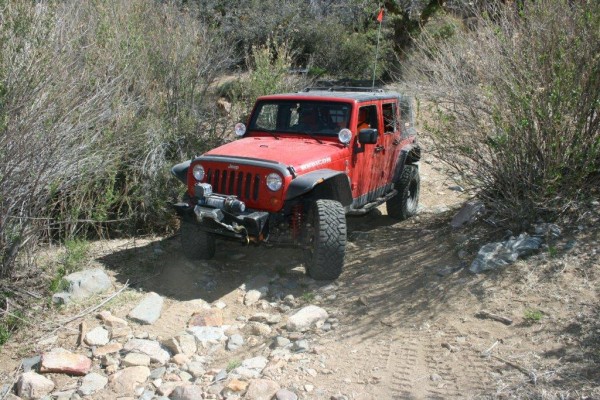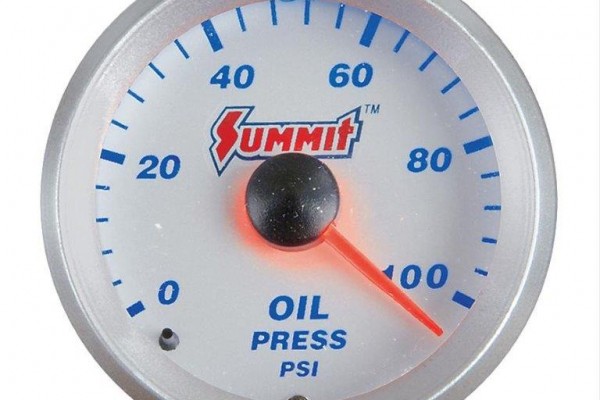Jeep builds JK Wranglers with engine temperature and fuel level gauges, but provides warning lights—the infamous idiot lights—for oil pressure and battery voltage. Even back in the good old days of AMC, an oil pressure gauge or a voltmeter were optional equipment on Jeep CJs.
The problem with idiot lights is they only pop on when something goes wrong. You can’t monitor engine functions and know something is wrong until the damage has been done. That spells big trouble on the trail.
For the past seven years I’ve been worrying about what was going on with the 3.8L V6 under the hood of my 2007 Jeep Rubicon Unlimited. Then I found that Summit Racing offers 2 1/16- inch diameter gauges in addition to its line of larger 2 5/8-inch gauges. The larger gauges are ideal for a CJ because it bounces around a lot and driver sits pretty far from the dash. But a JK (especially the four-door) bounces much less than a CJ, and the driver sits closer to the dash. That means the smaller Summit Racing gauges will work great in JK.
I chose Summit Racing’s oil pressure gauge, voltmeter, and two-gauge pod. Both gauges include mounting hardware, wiring, and connectors. The oil pressure gauge kit includes a sender.
Finding space for auxiliary gauges in a JK’s cockpit is difficult due to the dashboard design. The top center of the dash above the entertainment system would be the logical spot, but I already have a Garmin GPS receiver mounted there. Mounting the gauges on the windshield A-pillar would have worked as well, but I couldn’t find a gauge pod for that type of installation. I settled on the dash area above the instrument cluster, in front of the steering wheel. If you don’t have a GPS unit and want a three-gauge pod, the center of the dash is an excellent location. That allows you to add an additional temperature gauge for engine oil, transmission fluid, or differential oil.
My local Jeep dealership (Swanty’s Chrysler/Dodge/Jeep in Bullhead City, AZ) did the gauge installation. If you decide to install them yourself, you’ll need a special tool to remove the OEM oil pressure switch, available from your local Jeep dealer.
With my new Summit Racing gauges in place, I now know my 3.8L is pumping more than 50 psi of oil pressure and putting 14-plus volts to the battery at highway speeds.
That peace of mind is well worth the effort.














[…] Download Plan More @ http://www.onallcylinders.com […]